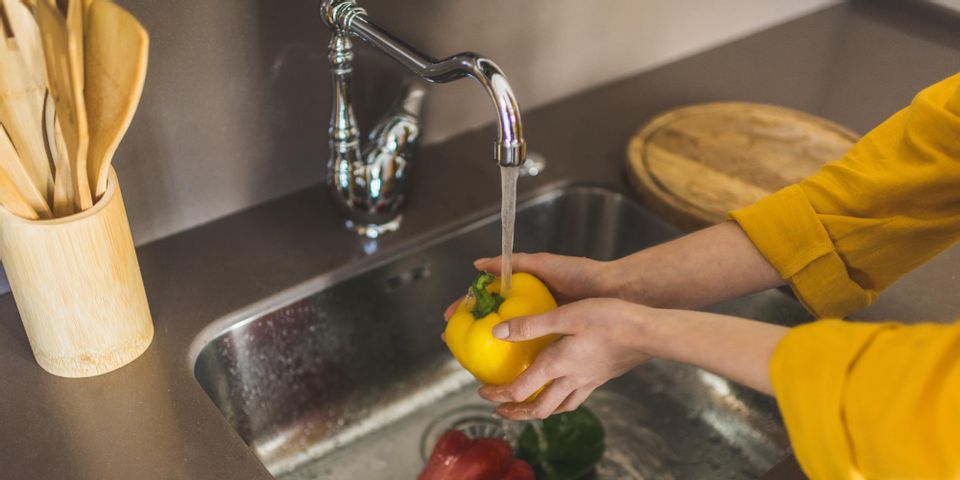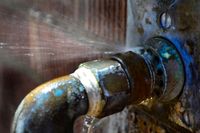
Frozen pipes are one of winter’s greatest plumbing hazards. When water inside the pipes freezes and becomes ice, it expands, putting pressure on the pipeline, which can cause it to crack or burst. This can result in a leak and the need to call an emergency plumber. Fortunately, there are ways to prevent pipes from freezing.
Plumber’s Guide to Frozen Pipe Prevention
1. Protect Indoor Pipes
Insulate indoor pipes to keep them as warm as possible. This includes plumbing in the basement, attic, crawl spaces, and cupboards. You can insulate the entire area or wrap individual cold and hot water pipes.
2. Disconnect Outdoor Hoses
 Disconnect and drain the garden hose. If water freezes in a tube with a nozzle, pressure can build up inside the pipe, causing it to burst. Unhook hoses at the end of fall and close the interior shut-off valves to stop water from entering the exterior spigots.
Disconnect and drain the garden hose. If water freezes in a tube with a nozzle, pressure can build up inside the pipe, causing it to burst. Unhook hoses at the end of fall and close the interior shut-off valves to stop water from entering the exterior spigots.
3. Run the Indoor Water
When the temperature drops dramatically, keep the faucets running to prevent water from standing and freezing. They don’t need to be fully running, just enough to keep water flowing through the pipes.
4. Keep the Heat On
Keep the temperature indoors at a minimum of 55 degrees Fahrenheit, even when you’re away, to reduce the risk of freezing. You can also keep cupboards with plumbing open to let warm air circulate. Keep the garage door closed as well to prevent cold air from coming inside.
Paul Bunyan has spent many years navigating Minnesota winters, which makes his team at Paul Bunyan Plumbing the experts to turn to when a pipe disaster strikes. While they hope you apply these tips in your home before severe weather hits, if you fall victim to a burst pipe, their plumbers will have you back on track in no-time. For more information about their emergency plumbing services and to schedule an appointment, call this Twin Cities, MN, based company at (612) 977-3053 or visit their website today.
About the Business
Have a question? Ask the experts!
Send your question

